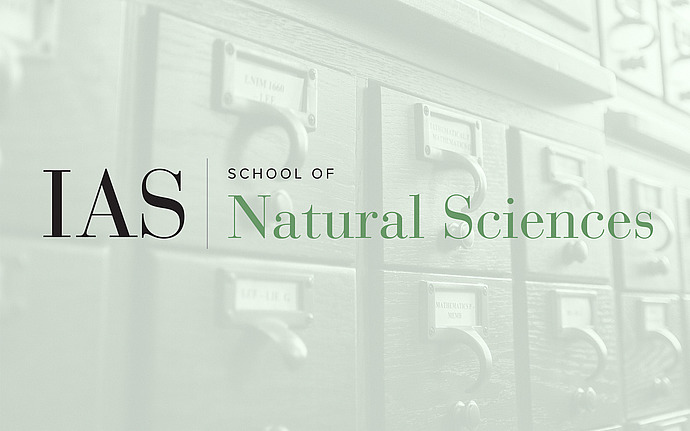
Institute for Advanced Study / Princeton University Joint Astrophysics Colloquium
2020 Update on JWST: Time Domain, Cluster Lensing and Caustic Transit Searches for First Light Objects
In this talk, I will give the 2020 summary of the 6.5 meter James Webb Space Telescope (JWST), the near--mid-IR sequel to both Hubble and Spitzer. All hardware has been built, and is in the final stages of testing for its launch scheduled in October 2021. Next, I will review some of the early science that JWST plans do starting in 2022, inspired by Hubble Wide Field Camera 3.
JWST can do unique time domain science to 29 mag in the North Ecliptic Pole (NEP) Time-Domain Field (TDF) located in JWST's (and HST's) northern Continuous Viewing Zone: a unique clean region devoid of bright foreground stars with low Galactic extinction. JWST can observe most targets for 2x2 months per year, including the well known HST and Spitzer deep fields, but can observe the NEP TDF at all times, so that NIRISS parallel grism spectra will always cover NIRCam 0.8-5 micron images 180 days later. Since 2016, the JWST TDF has been observed from space and the ground, from hard X-rays to long wavelength radio. The NEP TDF will search for and monitor high redshift transients: SNe at z>5, weak Active Galactic Nuclei, Galactic brown dwarf atmospheres, and provide proper motions of nearby brown dwarfs, low-mass stars, and ultracool white dwarfs to 29 mag, and perhaps some Inner Oort Cloud Objects.
The search for first galaxies at redshifts z=9-11 (cosmic age ~0.5 billion yrs) in Hubble's Deep Fields has shown what combination of area, depth, and wavelength coverage is needed for JWST to detect a sufficient number of First Light objects. Since the Schechter luminosity function likely drops rapidly in amplitude at z>7-8, gravitational lensing by the best rich foreground galaxy clusters is essential to maximize the number of First Light objects (z ~ 7-17) detected with JWST. To address the observability of objects in the First Light epoch, I will use panchromatic Extragalactic Background Light to to constrain the integrated near-IR surface brightness (SB) that may come from Population III stars and their stellar-mass black hole (BHs) accretion disks.
The physical properties of zero-metallicity Pop III stars from MESA stellar evolution models through helium depletion, and BH accretion disk models at z>7 provide an estimate of the number of caustic transits behind lensing clusters that JWST may detect for both these objects. Typical caustic magnifications can be 10^4-10^5x, with rise times of hours and decline times of z~<0.5 year for cluster transverse velocities of v_T<~1000 km/s. Microlensing by intracluster-medium objects can modify transit magnifications, but lengthen visibility times. To observe Pop III caustic transits directly with JWST may require monitoring 3-30 lensing clusters to AB<29 mag for <5-10 years.